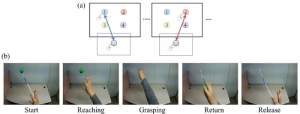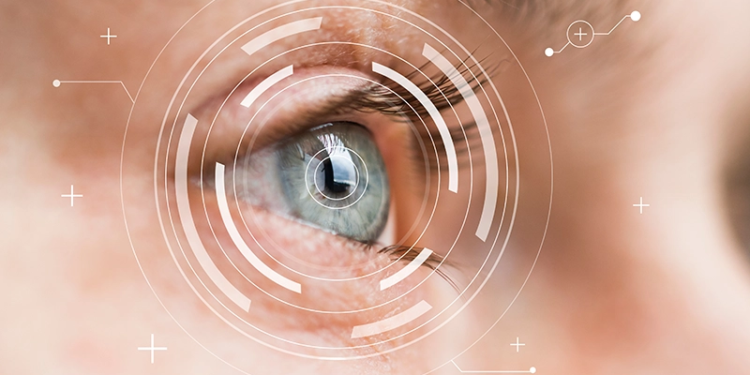
There are two main techniques for monitoring neural signals in BMIs: electroencephalography (EEG) and electrocorticography (ECoG). The EEG exhibits signals from electrodes on the surface of the scalp and is widely employed because it is non-invasive, relatively inexpensive, safe, and easy to use. However, the EEG has low spatial resolution and detects irrelevant neural signals, which makes it difficult to interpret the intentions of individuals from the EEG.
ECoG is an invasive method that involves placing electrodes directly on the surface of the cerebral cortex below the scalp. Compared with the EEG, the ECoG can monitor neural signals with much higher spatial resolution and less background noise, but it has several drawbacks.
“The ECoG is primarily used to find potential sources of epileptic seizures, meaning the electrodes are placed in different locations for different patients and may not be in the optimal regions of the brain for detecting sensory and movement signals,” said Jaeseung Jeong, PhD, a brain scientist at Korea Advanced Institute Of Science And Technology (KAIST). “This inconsistency makes it difficult to decode brain signals to predict movements.”
To overcome these problems, Jeong and his team developed a new method for decoding ECoG neural signals during arm movement. The system is based on a machine-learning system for analyzing and predicting neural signals called an echo-state network and a mathematical probability model called the Gaussian distribution.
The researchers recorded ECoG signals from four individuals with epilepsy while they were performing a reach-and-grasp task. Because the ECoG electrodes were placed according to the potential sources of each patient’s epileptic seizures, only 22-44 percent of the electrodes were in the regions of the brain responsible for controlling movement.
During the movement task, the participants were given visual cues, either by placing a real tennis ball in front of them, or via a virtual reality headset showing a clip of a human arm reaching forward in first-person view. They were asked to reach forward, grasp an object, then return their hands and release the object, while wearing motion sensors on their wrists and fingers. In a second task, they were instructed to imagine reaching forward without moving their arms.
The researchers monitored the signals from the ECoG electrodes during real and imaginary arm movements and tested whether the new system could predict the direction of this movement from the neural signals. They found that the novel decoder successfully classified arm movements in 24 directions in three-dimensional space, both in the real and virtual tasks, and that the results were at least five times more accurate than chance. They also used a computer simulation to show that the novel ECoG decoder could control the movements of a robotic arm.
Overall, the results suggested that the new machine learning-based brain-computer interface system successfully used ECoG signals to interpret the direction of the intended movements, the researchers concluded. They said the next steps will be to improve the accuracy and efficiency of the decoder.
The study, “An electrocorticographic decoder for arm movement for brain–machine interface using an echo state network and Gaussian readout,” was published in Applied Soft Computing.
Editor’s note: This story was adapted from materials provided by KAIST.




